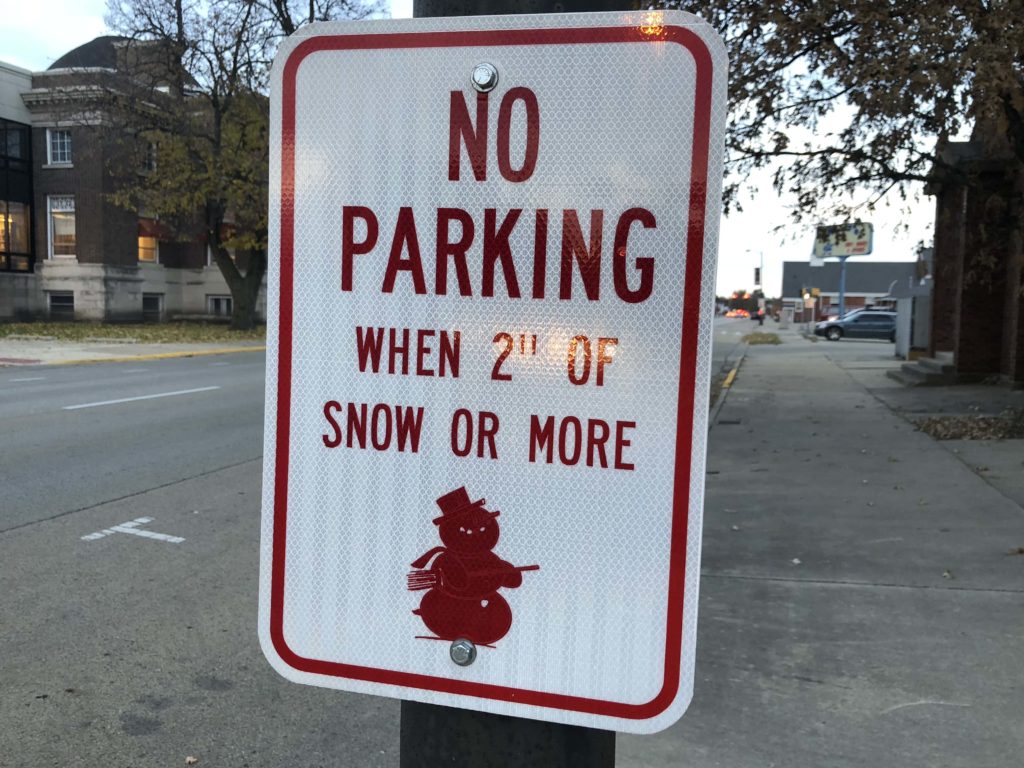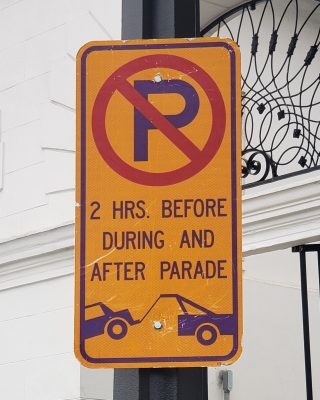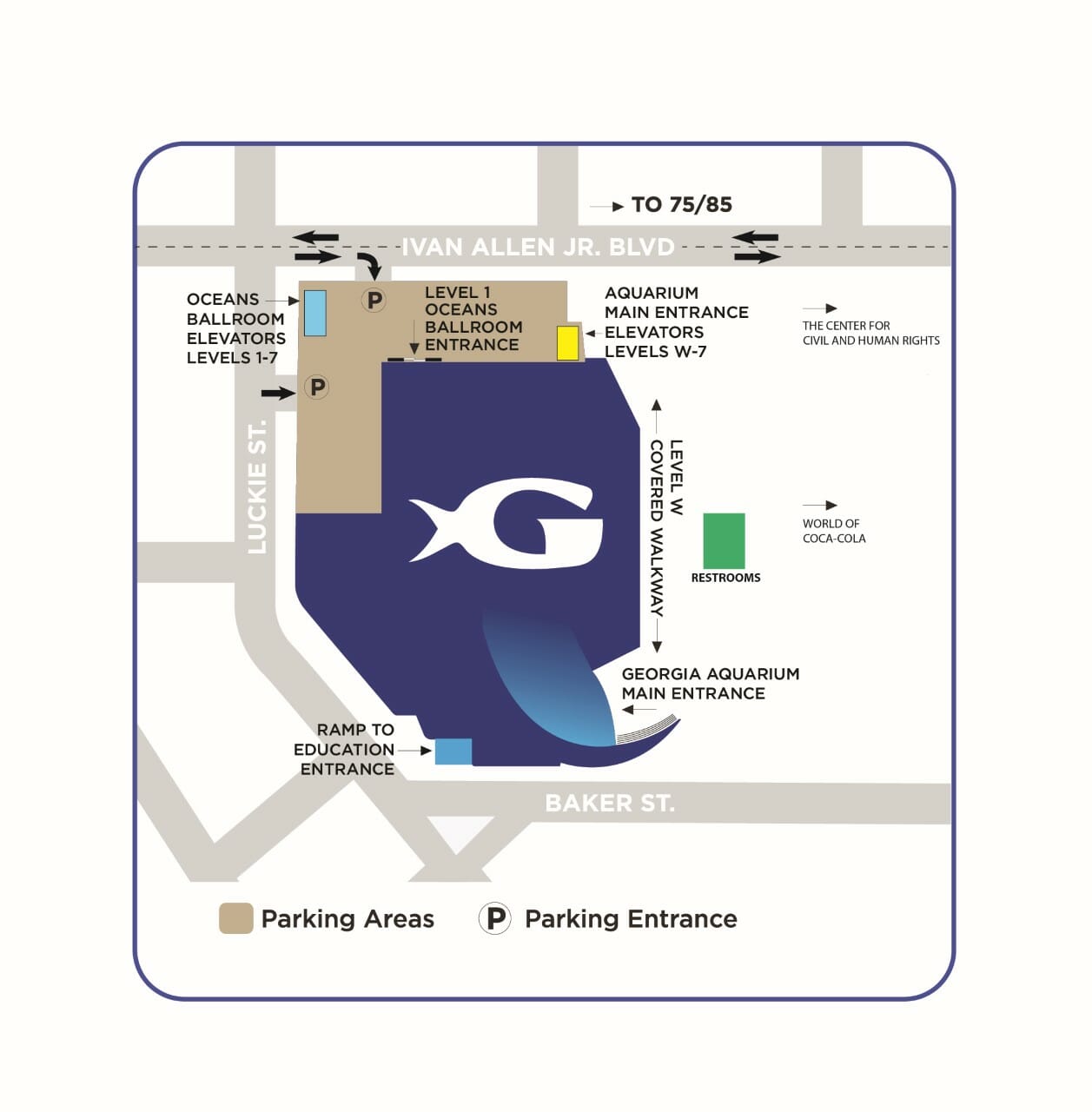Don’t Get Towed! Your Guide to Parking Restrictions

Let’s face it, finding a parking spot can be a nightmare, especially in bustling cities. But even when you’re lucky enough to snag a space, you’ve gotta be careful. Parking restrictions are like invisible landmines – one wrong move and you could be facing a hefty fine or even a tow truck.
This guide is your one-stop shop for understanding those pesky parking restrictions, so you can park with confidence and avoid any unwanted surprises.
Related Articles: Don’t Get Towed! Your Guide to Parking Restrictions
- Finding A Parking Spot In Georgia: Your Guide To Avoiding The "Parking Purgatory"
- Colorado’s Parking Pros: Where Kindness Reigns Supreme
- Parking For Free In The Peach State: A Guide To Georgia’s Parking Laws
- Navigating The Parking Landscape: A Guide To Commercial Parking In Arkansas
- Florida Parking: A Limited Love Affair
What are Parking Restrictions?
Parking restrictions are rules and regulations that govern where, when, and how you can park your vehicle. These rules are put in place by local authorities to ensure traffic flow, pedestrian safety, and public access to essential areas.
Common Types of Parking Restrictions:
1. Time Limits:
Ever seen signs that say "2-hour parking" or "15-minute parking"? These are time limits, and they’re designed to prevent people from hogging parking spaces for extended periods. You’ll need to move your car before the time limit expires, or you’ll be slapped with a ticket.
2. Permit Parking:
Some areas are designated for permit parking only. This means you need a special permit to park there, usually issued to residents or businesses in the area. If you don’t have a permit, you’re in for a ticket.
3. No Parking Zones:

These are areas where parking is strictly prohibited. You’ll see signs indicating "No Parking," "No Stopping," or "Fire Lane." Don’t even think about stopping, even for a quick drop-off or pick-up.
4. Handicapped Parking:
Parking spaces designated for people with disabilities are strictly reserved for vehicles displaying a valid handicapped placard or license plate. Parking in these spots without authorization is a serious offense.
5. Loading Zones:
These areas are for loading and unloading goods only. You’re allowed to stop briefly, but you can’t park there.

6. Metered Parking:
Many cities have metered parking spots where you need to pay a fee to park for a certain amount of time. Make sure you feed the meter and don’t overstay your allotted time.
7. Street Sweeping:
Sometimes, streets need to be swept clean. During street sweeping hours, parking is prohibited to allow the sweepers to do their job.
8. Snow Emergency Parking Bans:

In areas that experience heavy snowfall, parking bans are often implemented during snow emergencies to allow snowplows to clear the roads efficiently.
9. Construction Zones:
Construction zones can often create parking headaches. Pay close attention to signs indicating temporary parking restrictions due to construction activities.
Why are Parking Restrictions Important?
You might be thinking, "Why all the fuss about parking?" Well, parking restrictions are essential for many reasons:
- Traffic Flow: Imagine a street packed with cars parked on both sides. It would be a nightmare for drivers trying to get through, right? Parking restrictions help ensure smooth traffic flow by limiting the number of vehicles parked on the street.
- Pedestrian Safety: Sidewalks are for walking, not for parked cars. Parking restrictions keep sidewalks clear, making it safer for pedestrians to move around.
- Emergency Vehicle Access: Fire trucks, ambulances, and police cars need to get through quickly in emergencies. Parking restrictions ensure that emergency vehicles have clear access to streets and alleys.
- Accessibility: Parking restrictions help ensure that people with disabilities have access to designated parking spaces.
How to Avoid Parking Tickets and Towing:
Now that you know the basics, here are some tips to help you avoid parking tickets and the dreaded tow truck:
- Read the Signs: This might seem obvious, but it’s crucial. Pay attention to all parking signs and understand their meaning. If you’re unsure, double-check with local authorities or online resources.
- Use Parking Apps: There are many handy parking apps that can help you find legal parking spots, track your parking time, and even pay for parking remotely.
- Plan Ahead: If you’re heading to a busy area, factor in parking time and research parking options beforehand.
- Be Mindful of Time Limits: Set reminders on your phone or watch to avoid overstaying your allotted parking time.
- Park in Designated Spots: Don’t park in no-parking zones, fire lanes, or handicapped parking spots.
- Stay Updated: Parking regulations can change, so it’s a good idea to check for updates regularly.
Parking Restrictions: A City-by-City Guide
Parking restrictions can vary widely from city to city. Here’s a quick overview of some common parking regulations in major cities:
New York City:
- Metered Parking: New York City has a complex system of metered parking, with rates varying by location and time of day.
- Street Cleaning: Street cleaning is a big deal in NYC, so be aware of street sweeping schedules and avoid parking in designated areas during those times.
- Alternate Side Parking: In many neighborhoods, alternate side parking is enforced, requiring residents to move their cars to the opposite side of the street on designated days.
Los Angeles:
- Permit Parking: Many neighborhoods in Los Angeles have permit parking restrictions, requiring residents to obtain permits to park on their streets.
- Street Sweeping: Street sweeping is also enforced in LA, so be sure to check for street sweeping schedules.
- Loading Zones: Loading zones are strictly enforced in LA, so don’t block these areas for even a short time.
Chicago:
- Metered Parking: Chicago has a wide range of metered parking options, with different rates and time limits.
- Street Cleaning: Street cleaning is a regular occurrence in Chicago, so be aware of designated parking restrictions during street sweeping hours.
- Snow Emergency Parking Bans: During snow emergencies, parking bans are often implemented to allow snowplows to clear the streets.
San Francisco:
- Permit Parking: Permit parking is common in many San Francisco neighborhoods, especially in areas with limited parking.
- Street Sweeping: Street sweeping is a regular occurrence in San Francisco, so be mindful of street sweeping schedules.
- Loading Zones: Loading zones are strictly enforced in San Francisco, so don’t block these areas.
Understanding the Language of Parking Signs:
Parking signs can be confusing, but understanding their language is crucial to avoiding tickets. Here’s a breakdown of common parking sign symbols and terms:
- "No Parking" sign: Means you cannot park your vehicle in that area.
- "No Stopping" sign: Means you cannot stop your vehicle, even briefly, in that area.
- "Fire Lane" sign: Means you cannot park in this area, as it’s reserved for emergency vehicles.
- "Handicapped Parking" sign: Means this parking space is reserved for vehicles displaying a valid handicapped placard or license plate.
- "Metered Parking" sign: Means you need to pay a fee to park in this area.
- "Time Limit" sign: Indicates the maximum amount of time you can park in that spot.
- "Permit Parking" sign: Means you need a permit to park in that area.
Parking Restrictions: Frequently Asked Questions (FAQs)
Q: What happens if I get a parking ticket?
A: If you get a parking ticket, you’ll need to pay the fine within a specified timeframe. The amount of the fine varies depending on the specific violation and the city where you received the ticket. Failure to pay the ticket could lead to additional fines or even legal action.
Q: What if my car gets towed?
A: If your car gets towed, you’ll need to contact the towing company and pay the towing and storage fees to retrieve your vehicle. The towing company will usually provide information on how to retrieve your car and the associated costs.
Q: What are some resources for finding parking information?
A: Many cities and towns have websites or apps that provide information about parking regulations, including time limits, permit requirements, and street sweeping schedules. You can also consult with local authorities or parking enforcement officers for specific information.
Q: What are some tips for avoiding parking tickets during street sweeping?
A: To avoid parking tickets during street sweeping, pay close attention to street sweeping signs, which usually indicate the days and times of street sweeping. Make sure to move your car to a legal parking spot before the designated street sweeping time.
Q: What are some tips for finding parking in busy areas?
A: When looking for parking in busy areas, consider using parking apps, which can help you locate available parking spots and provide real-time updates on parking rates. You can also explore alternative parking options like parking garages or off-street parking lots.
Q: What are some tips for parking in unfamiliar areas?
A: When parking in unfamiliar areas, pay close attention to parking signs and regulations. Use parking apps to locate legal parking spots and avoid areas with limited parking or strict restrictions. It’s also a good idea to ask local residents or businesses for recommendations on safe and convenient parking options.
Conclusion:
Navigating parking restrictions can be a real headache, but by understanding the rules, planning ahead, and staying vigilant, you can park with confidence and avoid any unwanted surprises. Remember to read the signs, use parking apps, and stay informed about local regulations. Happy parking!

Closure
Thus, we hope this article has provided valuable insights into Don’t Get Towed! Your Guide to Parking Restrictions. We hope you find this article informative and beneficial. See you in our next article!


